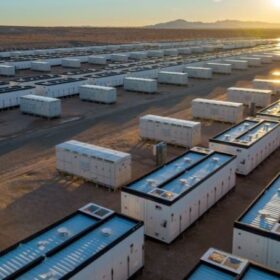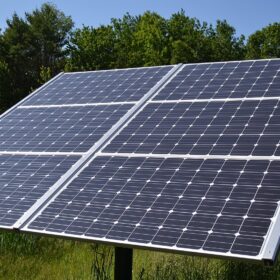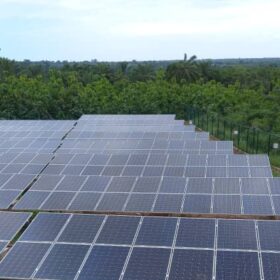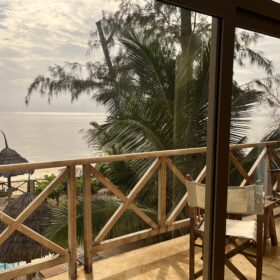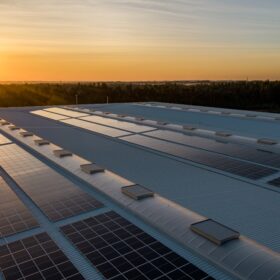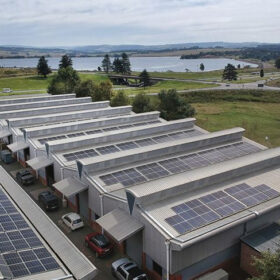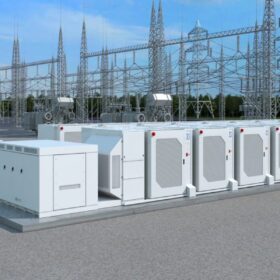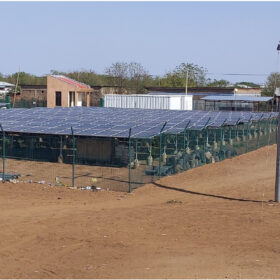IEA calls for sixfold expansion of global energy storage capacity
The International Energy Agency (IEA) has issued its first report on the importance of battery energy storage technology in the energy transition. It has found that tripling renewable energy capacity by 2030 would require 1,500 GW of battery storage.
AfDB identifies key priorities for minigrid deployment in Africa
An African Development Bank (AfDB) report covering critical takeaways from the ARE Energy Access Investment Forum 2023 says that challenges in financing, policy, technology, and skills enhancement must be overcome to support the deployment of distributed renewable energy minigrids across Africa.
Engie connects solar mini-grid in Benin
The mini-grid, expected to connect over 1,500 residents to electricity, is part of the company’s wider plans to install over 20 mini-grids in Benin, which will serve more than 30,000 people across 20 rural localities collectively, through a total 1.2 MW capacity.
Zanzibar turns to solar for holiday resorts
Researchers and investors say they see room for PV investments in Zanzibar, due to the energy needs of many luxury holiday resorts.
Dynamic allocations increase financial savings in energy communities
A global research group has compared static, customized dynamic, and dynamic-by-default energy allocations at a collective self-consumption project in France. They have found that dynamic customization performs better due to tax benefits.
Weekend Read: Consolidating growth in Africa
Across Africa, rooftop solar is stepping in to fill the void as fears of non-payment and inflation-reduced donor funding dampen enthusiasm for big solar. Commercial and industrial (C&I) arrays are leading the charge, driving consolidation in markets overstocked with startup and mid-size installers.
New research sheds light on off-grid solar costs in remote villages
An international research group has assessed the economic feasibility of exclusively powering remote villages in Pakistan with off-grid solar-plus-storage projects. They said that their proposed system configuration has a “justifiable” net present cost.
Israeli regulator approves regulatory framework for storage
Israel’s planning administration has approved the terms for deploying up to 16 MWh of storage facilities. The government said that due to the Gaza conflict, storage has become ever more important for emergencies.
Assessing non-linear tradeoffs in photovoltaic mini-grids
Researchers in Sweden investigated the complex non-linear tradeoffs between capacity expansion costs and reliability levels of off-grid PV mini-grids and found that capacity expansion based solely on cost-minimization may result in several reliability issues.
PV is the most viable renewable energy technology for the Amazon Energy Transition
In the assessment of scenarios for a sustainable and resilient energy transition in isolated systems in the Amazon, a portion of photovoltaic generators should be installed centrally in order to guarantee a central system of high performance, availability and reliability without clearing any further forest areas, while another significant portion of the generators should be installed distributed over rooftops and in agrivoltaic projects.
